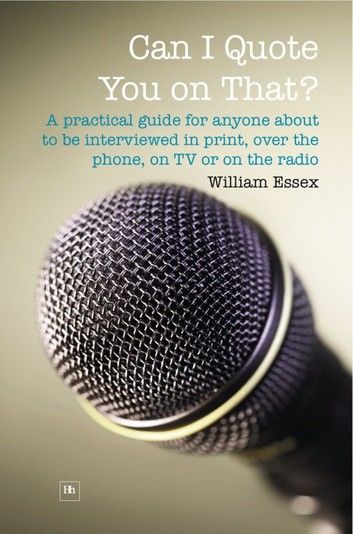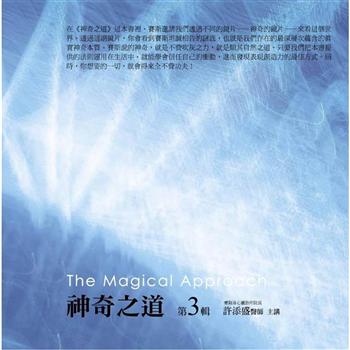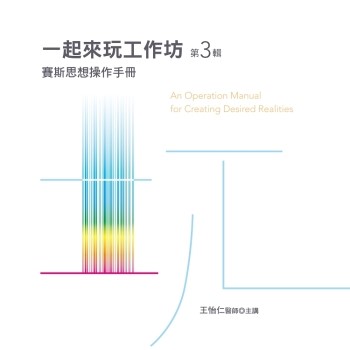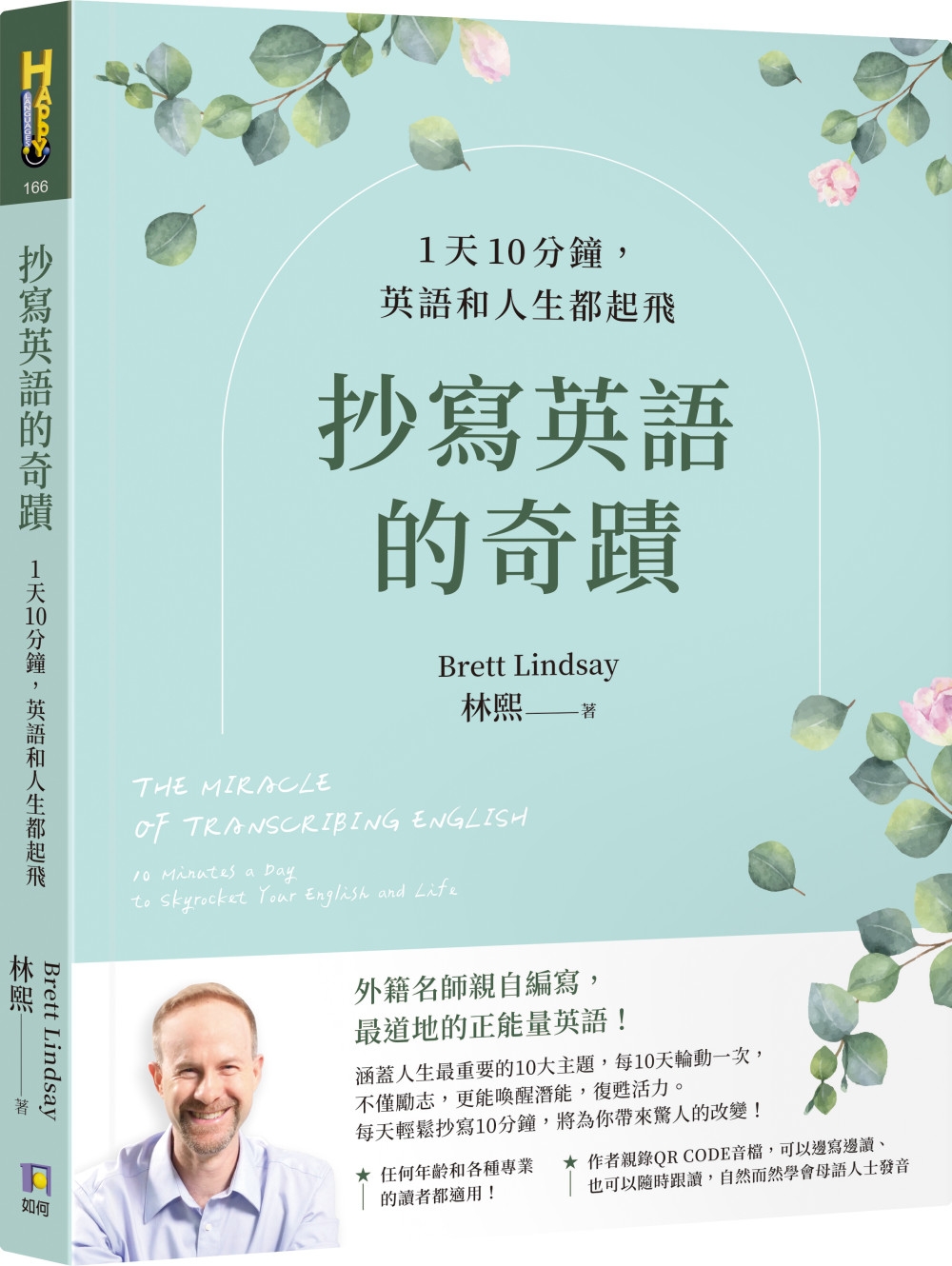| FindBook |
有 1 項符合
Can I Quote You on That?的圖書 |
 |
Can I Quote You on That? 作者:William Essex 出版社:Harriman House 出版日期:2011-02-02 語言:英文 |
| 圖書館借閱 |
| 國家圖書館 | 全國圖書書目資訊網 | 國立公共資訊圖書館 | 電子書服務平台 | MetaCat 跨館整合查詢 |
| 臺北市立圖書館 | 新北市立圖書館 | 基隆市公共圖書館 | 桃園市立圖書館 | 新竹縣公共圖書館 |
| 苗栗縣立圖書館 | 臺中市立圖書館 | 彰化縣公共圖書館 | 南投縣文化局 | 雲林縣公共圖書館 |
| 嘉義縣圖書館 | 臺南市立圖書館 | 高雄市立圖書館 | 屏東縣公共圖書館 | 宜蘭縣公共圖書館 |
| 花蓮縣文化局 | 臺東縣文化處 |
|
|
圖書介紹 - 資料來源:樂天KOBO 評分:
圖書名稱:Can I Quote You on That?
Media contact is a fact of business life. And yet this is the only book on the market that focuses exclusively on getting the best out of contact with journalists. It's written by a journalist, about journalists, and based on a long-established and successful media-training course. Circulating copies of this book around key executives would be a far cheaper and more cost-effective alternative to hiring media-trainers. Being able to handle the media effectively can be a significant career advantage. Doing it badly can be damaging both to the career and to the company. This book is a practical guide to handling media contact. It starts at first contact with a journalist and goes right through to discussing whether, and if so how, to follow up an interview. The book looks at print, radio, television and online journalism. There's a chapter on crisis management and one on interviewees' legal rights. A key feature of the book is that it focuses on what journalists want, why they want it, and how to give it to them in a way that achieves favourable media coverage. Can I quote you on that? describes techniques for handling a variety of interviews successfully, from the visit to your office by a trade journalist, through expected and unexpected telephone interviews, via calls from newspapers and magazines, radio interviews, phone-ins and discussion programmes, to the range of television experiences, including the camera crew at the office, the studio-based interview and the remote studio. There's a chapter on effective interview preparation and an emergency page for reference if the interview is imminent. This book is designed to convey an understanding of how journalists work and how to work with them for mutual benefit. There are answers to a range of frequently asked questions, from "How can I avoid being misquoted?" right through to "What if they don't ask the questions I want to answer?" The book discusses the subtle techniques that can be used to steer an interview in a favourable direction, and suggests ways of handling not only difficult questions, but also stupid and ignorant questions. There is also advice on how to go about forming mutually beneficial long-term relationships with key journalists. This is a practical guide that delivers an understanding of how journalists think and why they think that way. This book is a media-training course in its own right.
|







![塔木德:猶太人的致富聖經[修訂版]:1000多年來帶領猶太人快速累積財富的神祕經典 塔木德:猶太人的致富聖經[修訂版]:1000多年來帶領猶太人快速累積財富的神祕經典](https://media.taaze.tw/showLargeImage.html?sc=11100697818)



